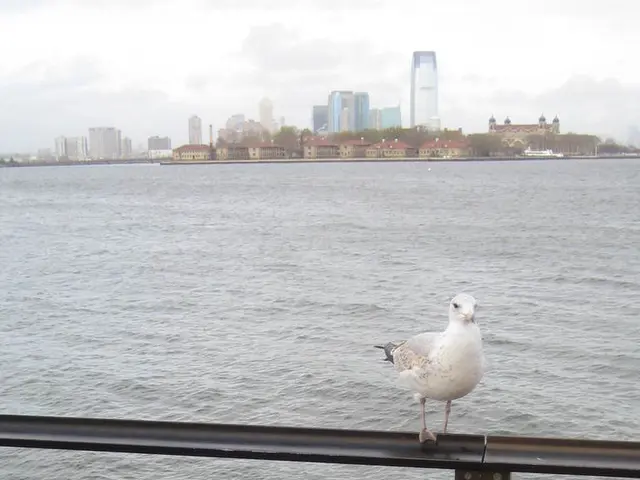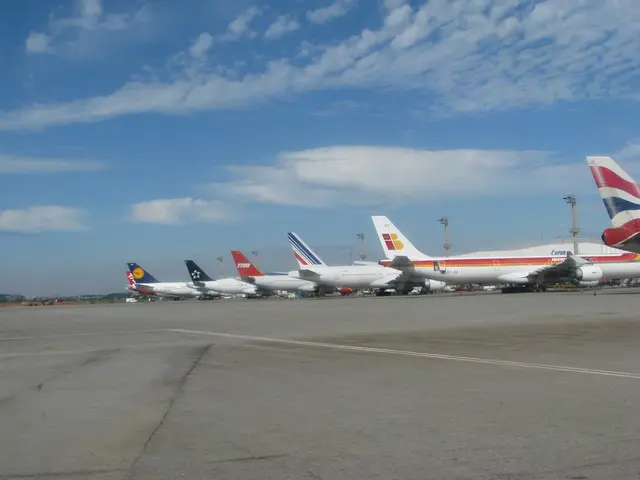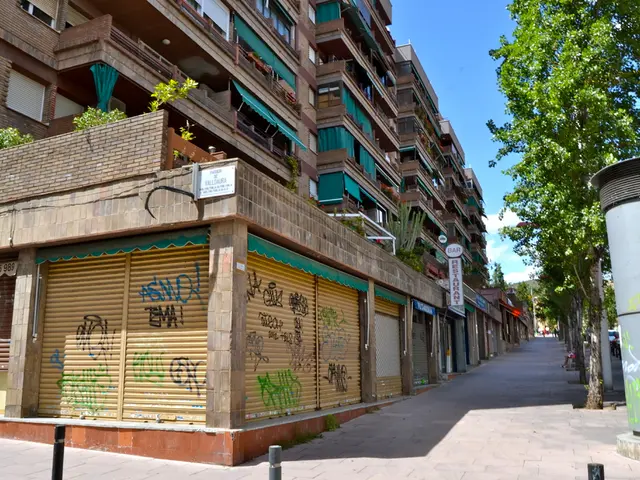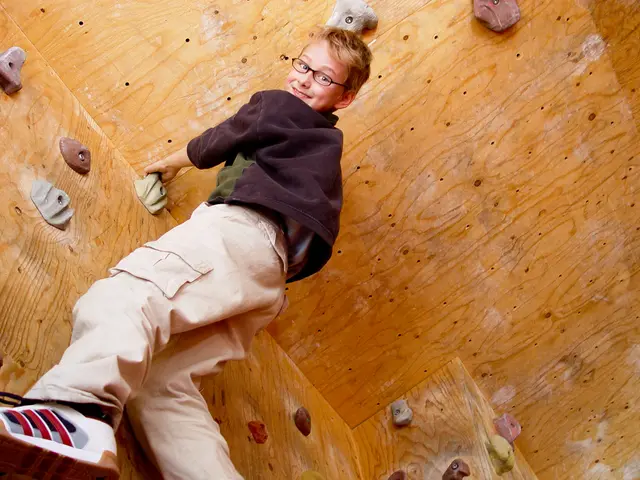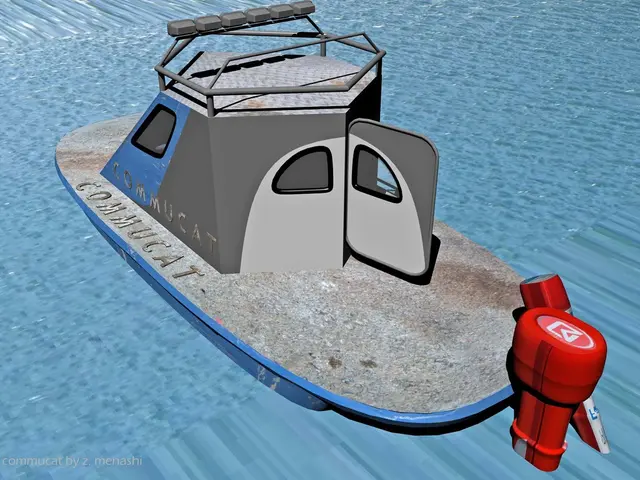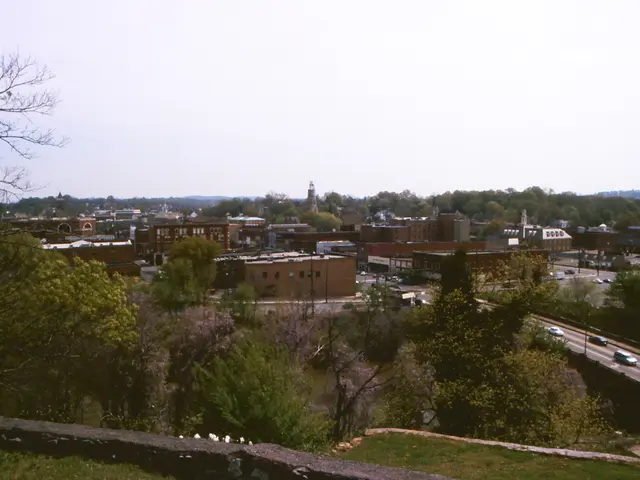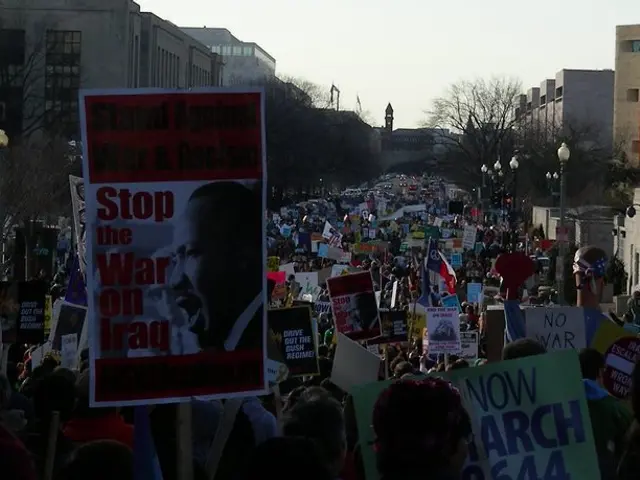City's Transformation Elicits Mixed Feelings: Is Restoration really Desirable?
For over a decade, my wife and I have navigated two lives – one in Berlin, the other in New Delhi, her childhood home. Both capitals present us with a series of challenges, and the political landscapes of both countries do little to ease that burden. Yet, amidst their stark differences, Berlin and New Delhi share intriguing parallels - in their histories, in their fragmentation, and their approaches to diversity. These parallels weren't consciously sought, but rather a gradual realization as I encountered life in Delhi and understood how it transformed my perspective of Berlin. I've come to understand one doesn't merely adapt to new places, but also to new perspectives.
My initial knowledge of India was superficial at best. It wasn't until I met my future wife that I realized how little I truly knew. Facts like Indira Gandhi not being related to Mahatma Gandhi, or 'The Jungle Book' not being penned by an Indian author, exposed the cracks in my understanding. I had assumed India had been a British colony for centuries, unaware that British rule was institutionalized only after the rebellion in 1857, and that it was almost entirely omitted from the curriculum during my thirteen years of schooling, despite its significance in today's economic, political, and cultural spheres.
New Delhi - a City Scarred by History
When I first stepped foot in Delhi, it wasn't just a journey to another country; it was a journey into a history I didn't know and a present I barely understood. Comprising numerous stories, many of them pain-filled, Delhi is a city marked by the partition in 1947, the end of British colonial rule. The division into India and Pakistan, with Hindus and Muslims separated, triggered an unprecedented wave of violence and displacement, leading to estimates of up to a million deaths, although the exact number eludes precise accounting. For many, Delhi became a refuge – a new beginning for some, a temporary stopover in trauma for others.
The Fractures Persist
These wounds are still felt today. Old Delhi, the ancient part of the city, feels like a living testament to the past. The labyrinthine alleyways, cacophony of voices, and rich smells all tell tales of a different time. New Delhi, on the other hand, is a patchwork of neighborhoods, lacking a central city center, interconnected yet seldom unified. Not surprisingly, new cities have sprung up just beyond the city limits – Noida, Gurugram – competing with Delhi instead of contributing to its growth, appearing as evasive maneuvers of an overwhelmed metropolis. Even the name reflects the fragmentation: officially, it's known as the Delhi National Capital Territory, but it's seldom referred to by that moniker; some call it Delhi, while others call it Dilli – two names for the same place, perhaps mirroring two dimensions.
Colonial Legacies and India's Evolution
The colonial era may have passed, but its repercussions linger. Speaking English is widely viewed as a sign of education, and having lighter skin tones often offers advantages in the social and professional spheres. Every pharmacy stocks "Fairness Creams," promising more than just a lighter skin tone – they promise recognition, belonging, and security. Recognizing these mechanisms, understanding how deeply ingrained they are, was disheartening.
Simultaneously, India has undergone significant transformation. Today, it ranks fifth in the global economic league, surpassing countries like Britain and France. Technological and social progress have become visible in many areas, with literacy rates rising from 12% at independence to over 75%, a burgeoning newspaper industry, and cities focusing on sustainability. Sikkim leads the world in organic agriculture, and underprivileged people have access to bank accounts, empowering women to manage their finances and make independent decisions. These achievements, however, have brought new challenges, and society is becoming polarized, with national pride often directed against minorities and increasing aggression in political rhetoric.
Perception and Reality
My view of Berlin has evolved significantly in recent years, particularly after spending time in Delhi. A white individual stands out in Delhi; in Berlin, it's my wife who attracts attention. Simple questions like "Do you speak Hindi?" (a language that doesn't exist) and comments about smog, caste system, and spirituality reveal a half-truth that's difficult to dispel. Delhi, however, is accustomed to welcoming people from diverse backgrounds, without placing importance on one's origin. This pragmatic attitude is something I've missed in Berlin for a long time.
I still often miss it. In the past two years, prejudices and hatred have resurfaced in a manner not seen in a while. Yet, there are signs of change – less categorical thinking, more sensitive interactions. Perhaps this shift is due to Berlin's transformation in recent years. Housing shortages, rising prices, crime, and political polarization persist, but there's also the counter-Berlin – the city where you hear languages from around the world on a walk through the neighborhood. These voices represent people who choose to call Berlin home. I find a quiet beauty in this diversity – not flashy, but genuine. A beauty that lies in coexistence, in the attempt to live together. Life with my wife, sharing our double life between Delhi and Berlin, has taught me that home is not a place, but an attitude – a promise we can keep, day by day. Christopher Kloeble is a writer and screenwriter, whose new novel 'Through the Rough to the Stars' will be published by Klett-Cotta in July 2025, featuring 240 pages priced at 24 euros. Interested readers are invited to share their feedback.
- The historical intricacies of Berlin and New Delhi, two of the most culturally divergent cities, have shown surprising parallels, particularly in their histories, attitudes towards diversity, and the lingering effects of colonialism.
- Fashion-and-beauty companies in New Delhi market 'Fairness Creams', promising more than just a change in skin tone; they promise recognition, belonging, and security, reflecting the deep-rooted societal preference for lighter skin tones.
- While navigating life in New Delhi, one encounters food-and-drink options that are integral to India's rich culinary heritage, offering a unique blend of flavors and spices.
- In home-and-garden stores across both Berlin and New Delhi, you can find eco-friendly products that promote sustainability, a manifestation of the growing awareness and concern for the environment in both cities.
- The field of education-and-self-development plays an essential role in the lives of individuals in both Berlin and New Delhi, shaping personal-growth, career-development, and fostering an understanding of the world.
- In both cities, sports are a beloved pastime and medium for personal growth, with Football and Cricket being popular choices in New Delhi, and a variety of sports catering to diverse interests in Berlin. Furthermore, both cities experience their unique weather patterns, with Berlin's colder winters and New Delhi's harsh summers being distinct characteristics.

